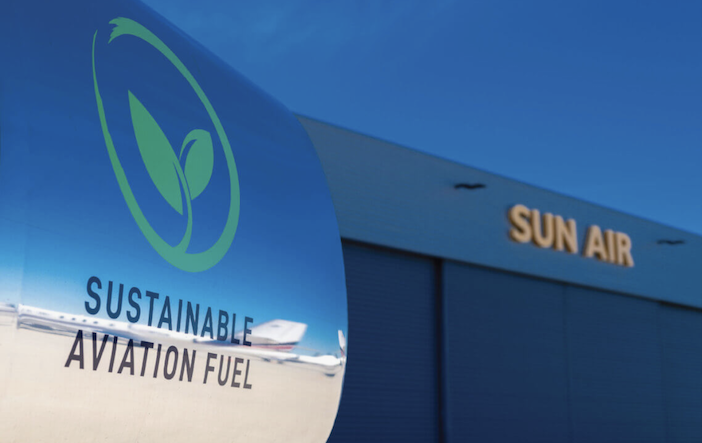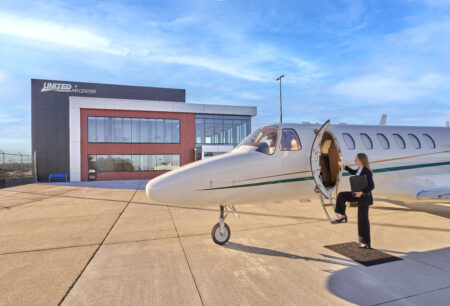The US Government has launched an initiative to increase the amount of Sustainable Aviation Fuel produced each year to 3 billion gallons by 2030 to reduce overall emissions from aviation by 20%.
The initiative includes a tax credit for producing a SAF (Sustainable Aviation Fuel) that reduces greenhouse gas emission by half and the launch of a SAF “Grand Challenge” to encourage developments in its production. The push is part of the US Government’s aim to make the USA carbon neutral by 2050.
The increase would represent a massive increase in production capacity of SAF. According to commodities market analysts Fastmarkets, current global production capacity of SAF is around 21 million gallons per year or around 0.05% of all aviation fuel supplied.
The US government states that the domestic capacity of SAF production is approximately 4.5 million gallons per year, “with the industry poised to grow rapidly”.
The business aviation sector in both the USA and Europe has been taking steps towards introducing the fuel for several years to mitigate the environmental impact of private flights. Industry initiatives have aimed to improve awareness and knowledge of the fuel and make it available at an increased number of airports.
A statement from the Whitehouse said: “Today, aviation represents 11% of United States transportation-related emissions. Without increased action, aviation’s share of emissions is likely to increase as more people and goods fly. That is why leadership and innovation in this sector is so essential if we hope to put the aviation industry, and the economy, on track to achieve net-zero greenhouse gas emissions by 2050.
The package of proposed measures to reduce aviation emission in the USA also include US$4.3 billion of funding to support SAF projects and fuel producers, an increase in R&D activities to demonstrate technologies that improve aircraft fuel efficiency by at least 30% improvement in aircraft fuel efficiency and efforts to improve air traffic and airport efficiency to reduce fuel use, eliminate lead exposure, and ensure cleaner air in and around airports;





